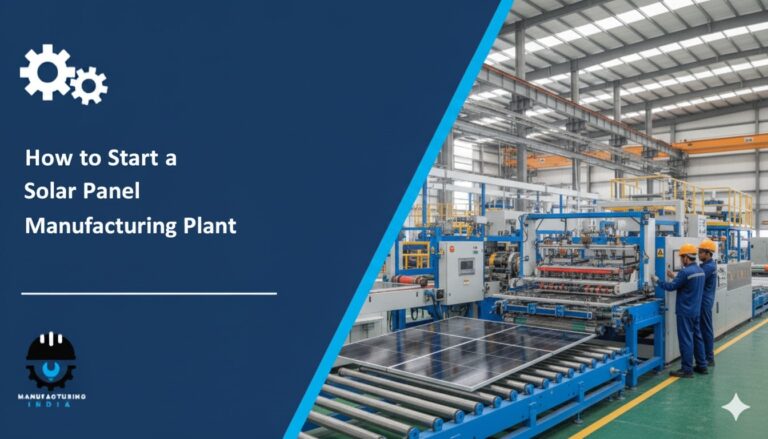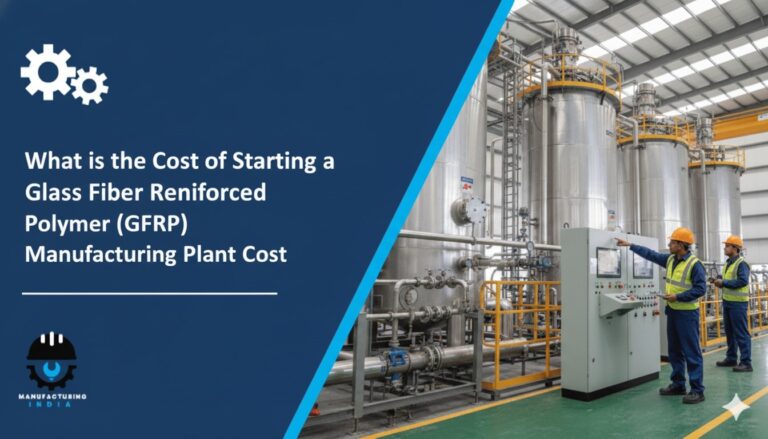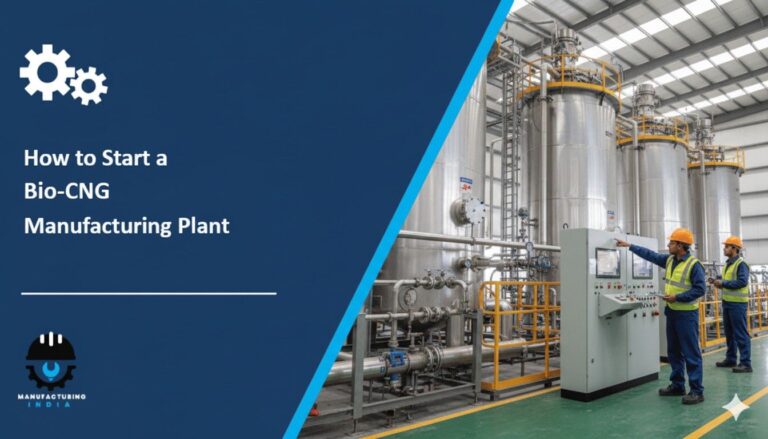
The PVC panel manufacturing industry is experiencing significant growth as the construction and interior design sectors increasingly adopt versatile, cost-effective, and durable building materials. PVC panels have become popular alternatives to traditional materials due to their water resistance, ease of installation, low maintenance requirements, and aesthetic versatility. Establishing a PVC panel manufacturing plant presents a lucrative business opportunity for entrepreneurs looking to capitalize on the expanding construction and renovation markets.
The PVC panel industry serves diverse applications including wall cladding, ceiling panels, partitions, furniture components, and decorative elements. From residential buildings to commercial spaces, hospitals to educational institutions, the demand for quality PVC panels continues rising. This comprehensive guide explores the essential cost components and considerations for establishing a successful PVC panel manufacturing facility.
Step 1: Conducting Market Research and Feasibility Study
Analyzing the Market:
Begin by thoroughly researching your target market segments including residential construction, commercial real estate developers, interior designers, furniture manufacturers, and retail distributors. The PVC panel market encompasses various product categories such as decorative wall panels, ceiling tiles, bathroom partitions, and exterior cladding systems.
Understanding regional construction trends, building code requirements, and design preferences helps identify profitable market opportunities. Analyze competitor offerings, pricing strategies, distribution networks, and product differentiation approaches. Research emerging trends like textured finishes, wood-look panels, 3D designs, and eco-friendly formulations.
Regional factors significantly impact plant viability—facilities near major construction hubs benefit from reduced transportation costs and closer customer relationships, while locations with strong manufacturing ecosystems provide better access to raw materials and skilled labor.
Evaluate different manufacturing scales from small-scale operations serving local markets to large industrial facilities supplying national or international distribution networks. Consider specialization options such as focusing on premium decorative panels versus standard construction-grade products, or developing niche applications like antimicrobial panels for healthcare facilities.
Step 2: Business Plan Development
Develop a comprehensive business plan outlining your manufacturing strategy, target markets, production capacity, and financial requirements. Address sustainability initiatives and quality certifications that attract contractors, architects, and commercial developers as customers.
Business Model: Determine whether to focus on standard panel production, custom design capabilities, integrated distribution services, or specialized applications like fire-resistant or acoustical panels.
Funding Strategy: Outline potential funding sources including bank loans, private investors, government manufacturing incentives, or equipment financing programs. Consider phased investment approaches allowing gradual capacity expansion.
Production Capacity: Define target manufacturing volume based on market demand, available capital, and competitive positioning. Consider starting with focused product lines before diversifying into multiple panel types and finishes.
Marketing and Sales Strategy: Develop plans for establishing dealer networks, direct relationships with contractors and builders, architect and designer outreach programs, and online sales channels. Consider showroom facilities for displaying product ranges.
Risk Assessment: Identify potential challenges including raw material price fluctuations, competition from established manufacturers, changing building regulations, and economic cycles affecting construction activity.
Step 3: Navigating Legal Requirements and Obtaining Necessary Permits
Compliance with regulatory frameworks ensures smooth operations and market acceptance. Key requirements include:
Business Registration: Establish appropriate company structure complying with manufacturing regulations and business laws in your jurisdiction.
Manufacturing Licenses: Obtain industrial manufacturing licenses and factory registration certificates from relevant authorities.
Environmental Clearances: Secure approvals for plastic processing operations, air emissions control, wastewater management, and solid waste disposal.
Quality Certifications: Pursue ISO quality management certifications, product safety standards, fire resistance ratings, and environmental compliance certifications demonstrating responsible manufacturing practices.
Building Codes Compliance: Ensure products meet local and national building code requirements for interior finishes, fire safety, and structural applications.
Step 4: Selecting an Optimal Location and Developing Infrastructure
Location selection critically impacts operational efficiency and profitability. Consider:
Proximity to Markets: Access to construction markets, distributor networks, and transportation infrastructure reduces logistics costs and improves customer service responsiveness.
Raw Material Availability: Location near PVC resin suppliers, additive manufacturers, and printing material sources ensures reliable supply chains and competitive material costs.
Utilities Availability: Reliable electricity supply for extrusion and processing equipment, adequate water for cooling systems, compressed air for automation, and waste treatment infrastructure.
Land Requirements: Sufficient space for raw material storage, production floor with extrusion lines, printing and finishing areas, quality control facilities, finished goods warehousing, and administrative offices.
Step 5: Procuring Advanced Machinery and Quality Raw Materials
Investing in appropriate manufacturing equipment ensures product quality and production efficiency. Essential machinery includes:
Material Preparation Systems:
- Raw material mixing and blending equipment
- Material drying and conditioning systems
- Automated feeding systems
- Storage silos and handling equipment
Extrusion Equipment:
- PVC extrusion lines with temperature control
- Profile dies for different panel dimensions
- Cooling and calibration systems
- Cutting and trimming equipment
Finishing Systems:
- Lamination equipment for decorative surfaces
- Printing machines for patterns and designs
- Embossing rollers for texture
- UV coating systems for protection
Quality Control Equipment:
- Dimensional measurement systems
- Surface quality inspection equipment
- Strength and durability testing apparatus
- Color matching and consistency verification
Raw Material Requirements:
- PVC resin and compounds
- Stabilizers and processing aids
- Pigments and colorants
- Laminating films and decorative surfaces
- Packaging materials
Step 6: Building a Skilled Workforce
Recruiting qualified personnel ensures operational excellence and product quality. Key roles include:
Technical Leadership:
- Production managers with extrusion expertise
- Quality control specialists
- Maintenance engineers for equipment optimization
Operations Team:
- Machine operators trained in extrusion processes
- Material handlers and preparation technicians
- Finishing and lamination specialists
- Packaging and warehouse staff
Support Functions:
- Design and product development specialists
- Sales and customer service professionals
- Supply chain and procurement coordinators
Step 7: Implementing the Production Process
The PVC panel manufacturing process involves carefully controlled stages:
Material Preparation:
- Raw material receiving and inspection
- Formulation blending according to specifications
- Material conditioning and preparation
- Quality verification before processing
Extrusion Processing:
- Material feeding into extrusion equipment
- Temperature-controlled melting and mixing
- Profile shaping through calibrated dies
- Cooling and dimensional stabilization
- Continuous quality monitoring
Surface Finishing:
- Lamination of decorative films
- Printing of patterns and designs
- Embossing for texture application
- UV coating for surface protection
- Inspection and defect removal
Quality Verification:
- Dimensional accuracy checking
- Surface quality assessment
- Physical property testing
- Color consistency verification
- Compliance certification
Packaging and Storage:
- Protective wrapping and bundling
- Proper labeling with specifications
- Organized warehouse storage
- Inventory management systems
Step 8: Establishing Marketing and Distribution Channels
Building strong market presence requires multi-channel approaches:
Direct Sales Channels:
- Contractor and builder relationships
- Commercial developer partnerships
- Interior designer collaborations
- Direct institutional sales
Distribution Networks:
- Building material dealers and distributors
- Hardware store chains
- Specialty interior product retailers
- Online marketplaces
Marketing Strategies:
- Product catalogs and sample kits
- Digital marketing and social media presence
- Trade show participation
- Demonstration projects and case studies
Step 9: Ensuring Compliance with Safety and Environmental Standards
PVC manufacturing requires attention to safety and environmental considerations:
Workplace Safety:
- Equipment safety protocols
- Proper ventilation systems
- Personal protective equipment
- Emergency response procedures
Environmental Management:
- Emission control systems
- Waste minimization programs
- Recycling of production scrap
- Energy efficiency initiatives
Step 10: Planning for Future Expansion and Innovation
Once operations stabilize, focus on growth opportunities:
Capacity Expansion:
- Additional production lines
- Geographic market expansion
- Product range diversification
Innovation Development:
- New design collections
- Advanced functional properties
- Sustainable formulations
- Customization capabilities
The PVC panel manufacturing business offers substantial growth potential with proper planning, quality focus, and market understanding.



